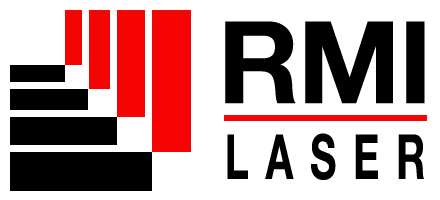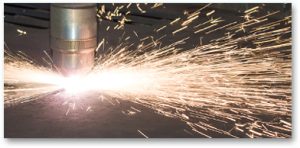Laser Marking and Engraving is a widely expanding marketplace as users have seen the benefits of using lasers over conventional methods like Chemical/Acid Etching for direct part marking to simple gift personalization. What are those benefits?
Chemical/Acid Etching is the use of a harsh Chemical/Acid to achieve the marking. Furthermore, the Chemical/Acid must have wastewater treatment equipment or Certified third party company to properly dispose of the chemicals once they have been used. In addition, stencils must be created after 20-30 markings if the information does not change. If the information changes, like that of a serial number, the stencil must be changed each and every time.
Chemical/Acid Etching is harsh to the environment, it requires more up front to setup as you need proper filtration equipment, and the etching must have a new stencil after 20-30 times being used.
RMI Laser systems require no consumables to mark onto the part, no filtration system and it is driven by software not stencils to create the markings giving it nothing tangible to dispose of after the markings are completed.
The Chemical/Acid Etchers are actually less expensive than most direct part laser marking systems, however, to actually implement one into your facility would end up costing more in the beginning and throughout the life of the product.
Why? The need for a wastewater filtration system or a certified third party, the solutions needed to create the marking, and the stencils that are used to create the markings. The filtration system will need upkeep and the liabilities are far greater as you are dumping chemicals through a filtration system into public water systems.
RMI Laser has produced the lowest-priced direct part marking laser on the market today. This laser only requires an 110v outlet, a space to put the laser, and your parts for marking. Nothing for disposal, nothing to constantly replace, and no liabilities.
Chemical/Acid Etching requires heavy contact with the part before and after marking. First, a mask must be applied to the surface of the part. Second, the Chemical/Acid solution is applied to the part. Third, a fixing solution must be applied. Finally, after three steps, the part can be washed off to finally reveal the etching.
RMI Laser Marking Systems provide non-contact markings from beginning to end. The part simply needs to be placed under the laser at the proper focal height and the laser will etch the part without the need for consumables, washing or surface treatment.
Chemical/Acid Etching has the multi-step process that was discussed earlier. Because of the additional steps, the marking speed is far slower than laser markers. The part is simply placed at the focal height underneath the lens, the software is updated with the markings needed, and the button is triggered for lasing. Upon completion, the item that was marked can be moved immediately into the next process.
Laser Marking Systems can apply several types of markings. The first is surface annealing, which is only a color change directly on the surface of the metal being marked. The second, for plastics, is called color changing. Same as annealing, it is directly on the surface of the material. The third is etching, which is slightly penetrating the substrates’ surface and typically has less contrast than annealed or color changed markings. The final marking type is engraving. Like etching, engraving penetrates the surface but goes much deeper; ranging from .003” and higher. Chemical/Acid Etching on the other hand, can only etch and the control of the depth is very limited. Chemical/Acid Etching relies heavily on the undercutting of the etching solutions along with the materials capability to absorb the solution.
Even further, Chemical/Etching has a need for a flat surface while laser markers have little concern for part geometry. With focal ranges of .25” to .5,” lasers can handle cylindrical shapes with ease. With the addition of a rotary chuck device, lasers can provide 360° markings.
The computer controlled interface driving the beam steering mirrors and the ability of lasers to ensure constant output provides marking consistency 99.9% of the time. Chemical/Acid Etching relies so heavily on the variable absorption rate of the solutions and the placement of the marking, that marking consistency is as low as 50%. There is no company that can reject 50% of the parts it has manufactured.
Lasers provide a marking spot as low as 15 microns giving them the ability to mark Hi-Resolution Images and Graphics or text as small as 100 microns tall. As stated previously, Chemical/Acid Etching is dependent on the solution absorption rate consistency and surface being flat that even markings that do come out will appear fuzzy and lack uniformity.
Computer controlled lasers have the ability to update marking files after each marking is made. Since Chemical/Acid Etching requires stencils, a stencil would have to be made for each and every update to the serial number ruling it out of all serialized applications.
In conclusion, laser markers are far more advanced, cost less, and provide better quality markings than Chemical/Acid Etchers and they do it faster as well. The advantages are clear and the choice is obvious.


